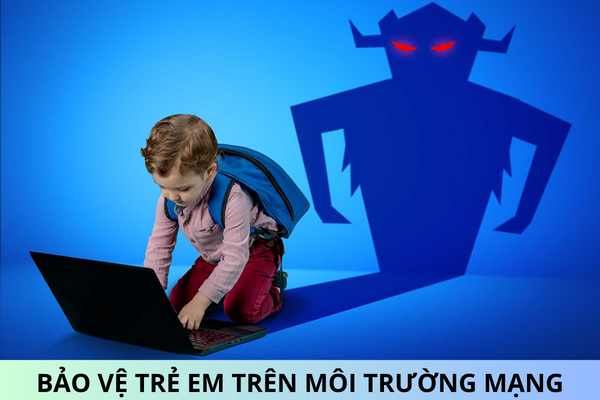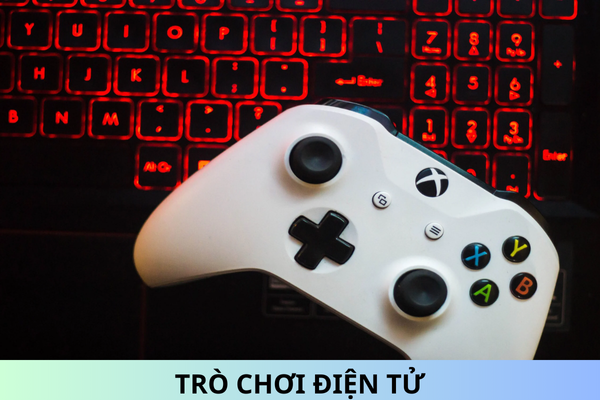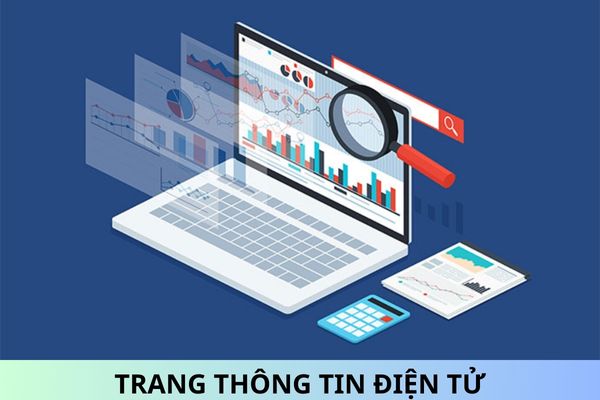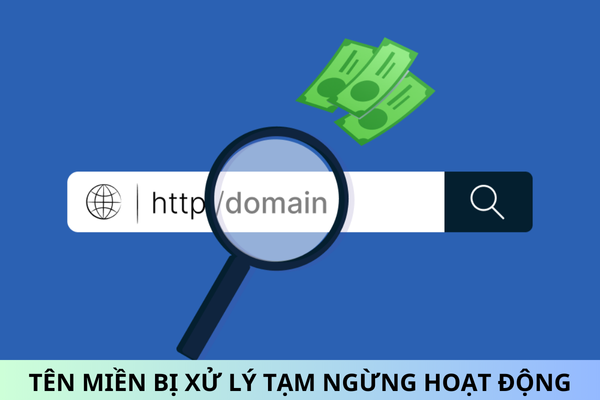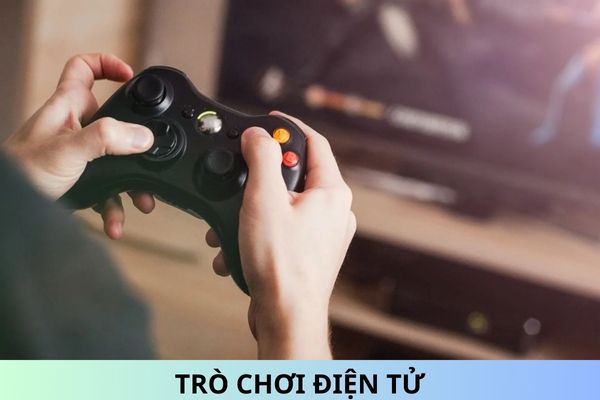What is the code of conduct for the protection of children in the online environment in Vietnam?
What is the code of conduct for the protection of children in the online environment in Vietnam?
Based on Article 4 of the Code of Conduct for Protecting Children in the Online Environment issued with Decision 88/QD-BTTTT of 2025:
Article 4. General Code of Conduct
The general code of conduct applies to all groups:
- Comply with Vietnamese law on protecting children in the online environment; respect the lawful rights and interests of children; always prioritize the best interests of children.
- Engage in healthy, positive behavior in accordance with Vietnamese culture and traditions, and appropriate to the age of children in the online environment.
- Do not use images or personal information of children without the consent of the child, parents, and caregivers as prescribed by law.
- Do not use images or personal information of children for purposes that may negatively affect the safety and healthy development of children.
[...]
The general code of conduct for protecting children in the online environment includes:
- Comply with Vietnamese law on protecting children in the online environment; respect the lawful rights and interests of children; always prioritize the best interests of children.
- Engage in healthy, positive behavior in accordance with Vietnamese culture and traditions, and appropriate to the age of children in the online environment.
- Do not use images or personal information of children without the consent of the child, parents, and caregivers as prescribed by law.
- Do not use images or personal information of children for purposes that may negatively affect the safety and healthy development of children.
- Actively cooperate with agencies, community organizations, and society to implement child protection in the online environment.
- When suspecting or discovering actions harmful to children, risks to children in the online environment, or harmful content towards children, promptly report and notify the following addresses:
+ National Child Protection Hotline (111);
+ The nearest police agency;
+ Child Protection Network in the Online Environment (VN-COP) (https://vn-cop.vn/bao-cao-xam-pham; email: [email protected]).
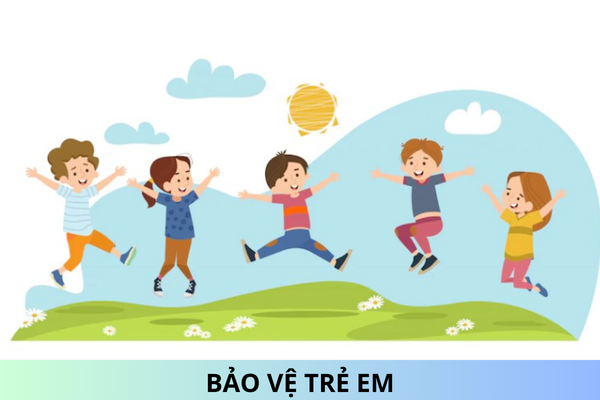
What is the code of conduct for the protection of children in the online environment in Vietnam? (Image from the Internet)
Which children belong to the group of children with special circumstances in Vietnam?
Based on Article 10 of the Law on Children 2016 on children with special circumstances:
Article 10. Children with Special Circumstances
- Children with special circumstances include the following groups:
a) Orphans without both parents;
b) Abandoned children;
c) Homeless children;
d) Disabled children;
dd) Children living with HIV/AIDS;
e) Children in conflict with the law;
g) Children addicted to drugs;
[...]
Children with special circumstances include:
- Orphans without both parents;
- Abandoned children;
- Homeless children;
- Disabled children;
- Children living with HIV/AIDS;
- Children in conflict with the law;
- Children addicted to drugs;
- Children who have to leave school to earn a living without completing lower secondary education;
- Children seriously harmed physically and mentally due to violence;
- Exploited children;
- Sexually abused children;
- Trafficked children;
- Children with severe diseases or diseases requiring long-term treatment in poor or near-poor households;
- Migrant children, refugee children, asylum seekers without determined parents or caretakers.
What are levels of protection for children in Vietnam?
Based on Article 47 of the Law on Children 2016 on the requirements for child protection:
Article 47. Requirements for Child Protection
- Child protection is carried out through the following three levels:
a) Prevention;
b) Support;
c) Intervention.
- Child protection must ensure systematic and continuous cooperation, effectively coordinated among various sectors and levels in developing and implementing policies, laws, and providing child protection services.
- Agencies, organizations, educational institutions, families, and individuals are responsible for protecting children. Child protection must comply with the provisions of law, processes, and standards issued by competent state agencies.
[...]
Thus, child protection is implemented through the following 03 levels:
[1] Prevention stipulated in Article 48 of the Law on Children 2016
- Prevention includes protective measures applied to communities, families, and all children to raise awareness, equip knowledge on child protection, and create a safe, healthy living environment for children to minimize the risk of harm or falling into special circumstances.
- Preventive measures for children include:
+ Propaganda and dissemination to communities, families, and children about the dangers and consequences of harmful factors and behaviors towards children; about the responsibility to detect and report cases of children at risk of violence, exploitation, abandonment.
+ Provide information and equip parents, teachers, caregivers, and those working in child protection services with knowledge about child protection responsibilities and skills to prevent and identify harmful factors and behaviors towards children.
+ Equip parents with knowledge and skills to ensure children's safety.
+ Educate and counsel children on self-protection knowledge and skills.
+ Build a safe and child-friendly living environment.
[2] Support stipulated in Article 49 of the Law on Children 2016
- Support includes protective measures applied to children at risk of violence, exploitation, abandonment, or children in special circumstances to promptly detect, minimize, or eliminate risks harming children.
- Support measures for children include:
+ Warn about risks of child abuse; advise knowledge, skills, and intervention measures to eliminate or minimize risks of child abuse for parents, teachers, caregivers, and persons working in child protection services, and for children to rebuild a safe living environment for those at risk.
+ Receive information, assess risks, and apply necessary measures to support children at risk of violence, exploitation, abandonment to eliminate or minimize these risks.
+ Support children in special circumstances as prescribed.
+ Support children in special circumstances and their families to access social assistance policies and other assistance sources to improve living conditions for children.
[3] Intervention stipulated in Article 50 of the Law on Children 2016
- Intervention includes protective measures for children and their families who have been abused to prevent abuse; support care, recovery, and community reintegration for children in special circumstances.
- Intervention measures for child protection include:
+ Medical care, psychological therapy, physical and mental recovery for abused children and children in need of intervention.
+ Arrange temporary safe accommodations, isolate children from threatening environments or those committing acts of violence and exploitation.
+ Provide temporary or long-term alternative care arrangements for children who cannot live with their parents for safety; parents unable to protect, nurture their children, or are the ones abusing them.
+ Family reunification, school integration, community for children subjected to violence, exploitation, abandonment.
+ Counsel and provide knowledge to parents, caregivers, and family members of children in special circumstances about responsibilities and skills for protection, care, and inclusive education for these children.
+ Provide legal knowledge, legal assistance to parents, caregivers, and children in special circumstances.
+ Support measures for abused children and their families, children from poor, near-poor households, ethnic minorities, children living in border communes, mountainous, island regions, and communes with particularly difficult socio-economic conditions, ensuring access to social assistance policies and other assistance sources to improve their living conditions.
+ Monitor and assess the safety of children who have been abused or are at risk of abuse.
